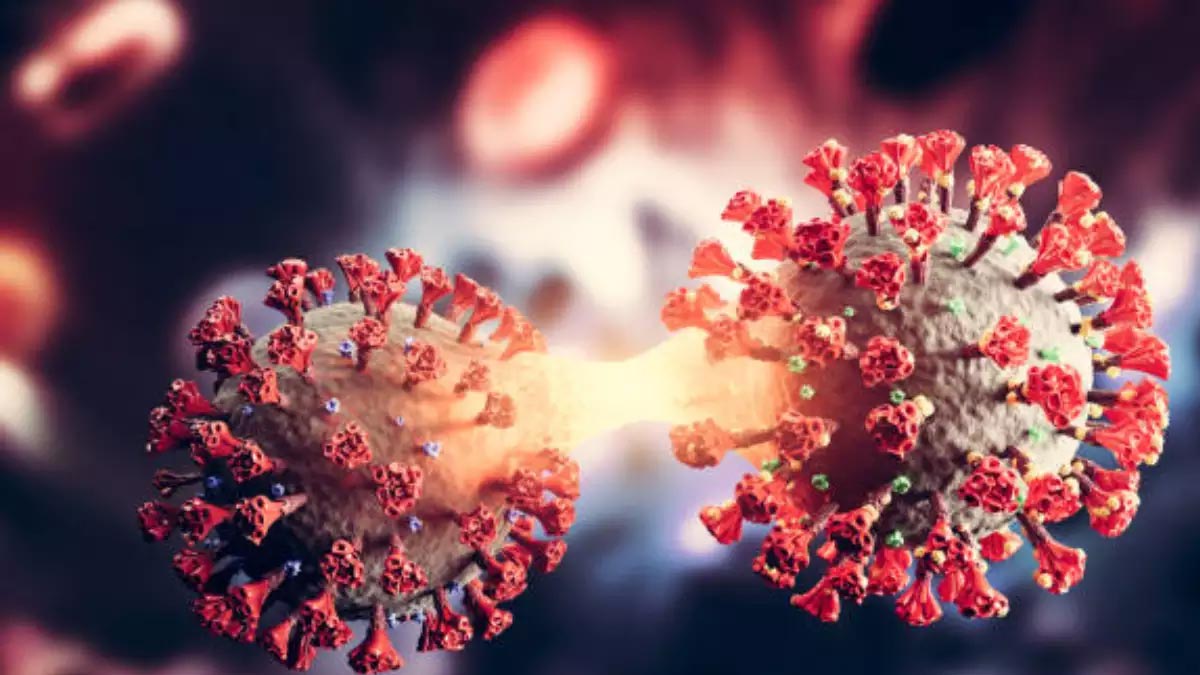
The Centers for Disease Control and Prevention (CDC) has reported a new development in the ongoing battle against COVID-19. The emergence of the KP.3 variant has caused significant concern, as it is rapidly becoming the dominant strain across the United States. This article delves into the details of the KP.3 variant, its symptoms, and the preventive measures you can take to protect yourself and your loved ones.
Table of Content:-
The Rise of KP.3 Variant
According to the CDC's data, for the two-week period starting on May 26 and ending on June 8, the KP.3 variant accounted for 25% of COVID-19 cases in the U.S., surpassing the previously dominant JN.1 variant. KP.2 follows closely behind, comprising 22.5% of cases. This shift marks a significant change in the landscape of COVID-19 variants in the country.
The CDC utilizes the Nowcast data tracker to project the prevalence of COVID-19 variants over a two-week period. While this tool helps estimate current variant dominance, it does not predict future virus spread. Therefore, the possibility of a summer surge in COVID-19 cases remains uncertain, especially with the emergence of the new KP.3 variant.

Understanding the KP.3 Variant
The KP.3 variant, like its predecessors JN.1 and other "FLiRT" variants such as KP.1.1 and KP.2, is a new strand of the virus. Although detailed information about this variant is still emerging, it shares similarities with the previously dominant strains.
The CDC has not yet provided specific information on the unique characteristics or behaviour of the KP.3 variant. However, health experts continue to monitor its spread and impact closely. It is crucial to stay informed through reliable sources as more data becomes available.
Symptoms of the KP.3 Variant
As of now, the CDC has not specified if the KP.3 variant has unique symptoms. However, it is reported that the symptoms associated with KP.3 are similar to those of the JN.1 variant. According to the CDC, COVID-19 symptoms can appear 2-14 days after exposure to the virus. These symptoms can range from mild to severe and include:
Also Read: Two More Children Die Of Suspected Chandipura Virus In Gujarat, Death Count Reaches 8
- Fever or chills
- Cough
- Shortness of breath or difficulty breathing
- Fatigue
- Muscle or body aches
- Headache
- Loss of taste or smell
- Sore throat
- Congestion or runny nose
- Nausea or vomiting
- Diarrhea
The CDC also advises seeking emergency medical attention if you experience any of the following severe symptoms:
- Trouble breathing
- Persistent pain or pressure in the chest
- Confusion
- Inability to wake or stay awake
- Pale, grey, or blue-coloured skin, lips, or nail beds, depending on skin tone
Preventive Measures and Updated Vaccines
In response to the rising cases and the emergence of new variants, the CDC recommends that nearly everyone over the age of six months receive updated COVID-19 and flu vaccinations ahead of the fall and winter virus season. The Vaccines and Related Biological Products Advisory Committee has been in discussions about updating the COVID-19 vaccines to target the JN.1 variant, with manufacturers like Pfizer, Moderna, and Novavax ready to produce these updated vaccines pending FDA approval.
It is essential to stay updated on vaccine recommendations and get vaccinated to reduce the risk of severe illness and hospitalization. The updated vaccines are expected to be available in the fall, in time to mitigate potential winter surges in COVID-19 cases.
Also Read: PMC To Test All Pregnant Women From Zika-Affected Areas
Bottomline
The rise of the KP.3 variant underscores the ongoing challenges in the fight against COVID-19. While the situation continues to evolve, it is crucial to remain informed and proactive in taking preventive measures. By recognizing the symptoms, staying updated on vaccine recommendations, and adhering to public health guidelines, we can collectively work towards controlling the spread of this new variant and protecting public health. For more information on the updated vaccines and preventive measures, stay tuned to reliable health sources and follow the guidance of public health officials.
Also watch this video
How we keep this article up to date:
We work with experts and keep a close eye on the latest in health and wellness. Whenever there is a new research or helpful information, we update our articles with accurate and useful advice.
Current Version